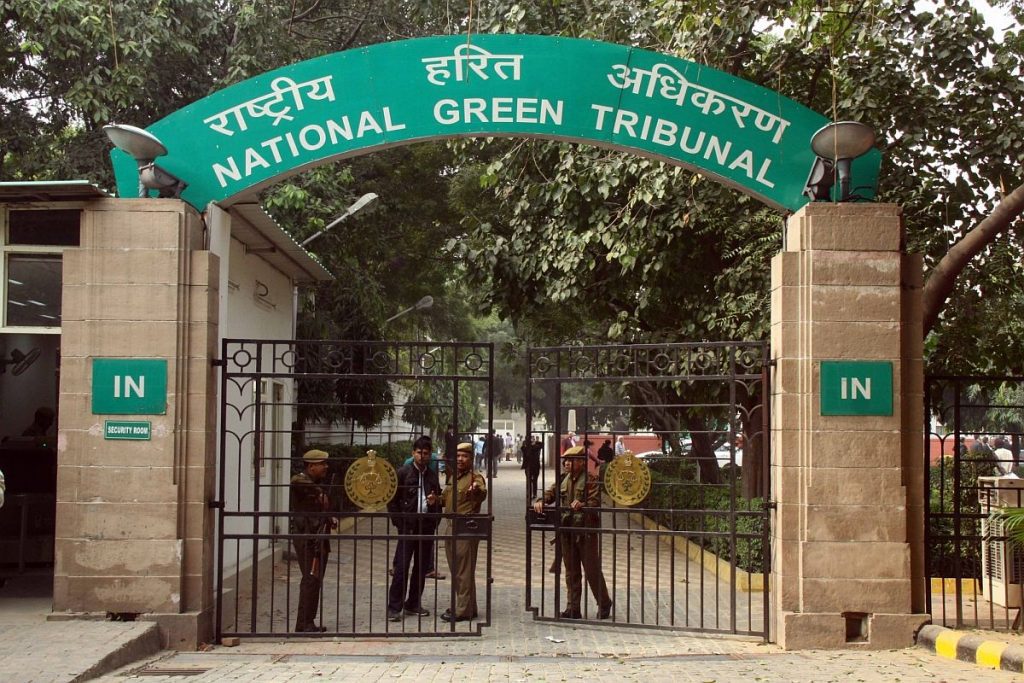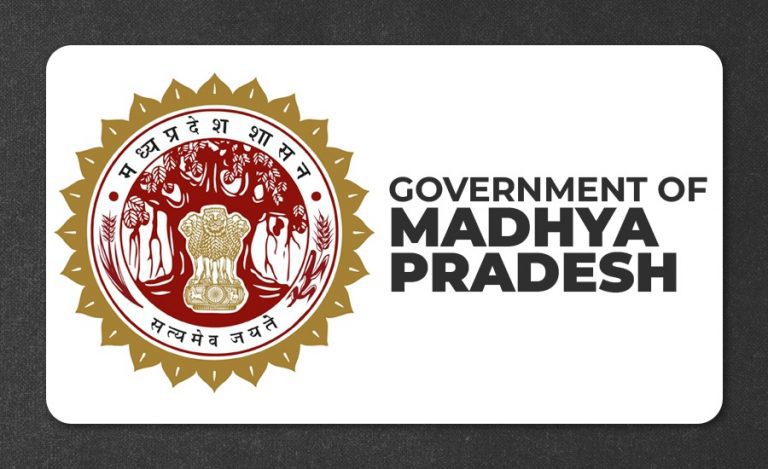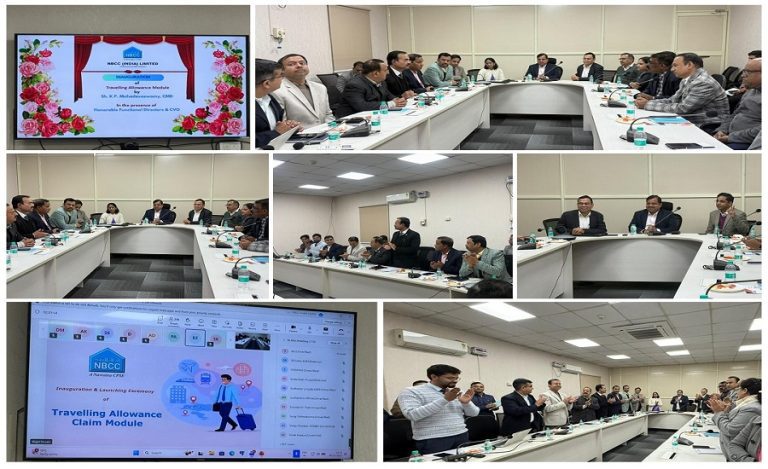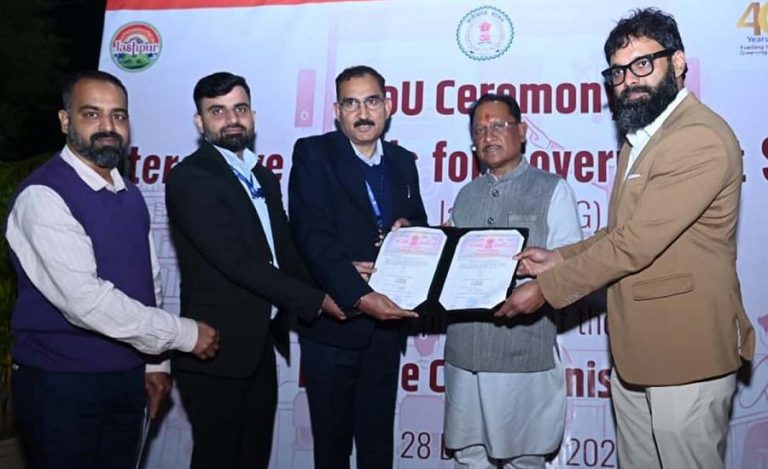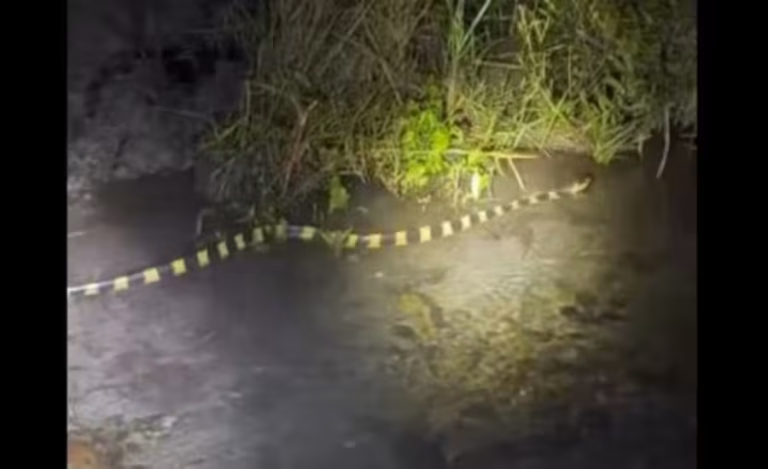Authorities from Uttarakhand and Uttar Pradesh have provided detailed reports to the National Green Tribunal (NGT) outlining new initiatives aimed at curbing illegal sand mining in their regions. The submissions were prompted by a disturbing incident in September when an IAS officer narrowly escaped an attempted attack by a group linked to the sand mafia while conducting an anti-encroachment operation.
Dr. Parag Madhukar Dhakate, member secretary of the Uttarakhand Pollution Control Board (UKPCB), stressed the importance of establishing surveillance posts along the Kosi river, which has become a hotspot for illegal mining activities. “Strategic pickets must be set up at key locations along the river to mitigate this issue effectively,” he remarked in his affidavit. Dhakate also revealed that, over the past six months, border enforcement actions led to the impounding of 82 vehicles involved in illegal mining and transportation activities.
Recent reports from local authorities in Uttarakhand, such as Bajpur and Kashipur, along with areas in Uttar Pradesh, like Pattikala Ghosipur, confirm that illegal mining is still rampant despite ongoing enforcement efforts. These regions are notorious for sand mining operations that evade law enforcement, with significant environmental consequences.
The attack on 30-year-old IAS officer Ram Mohan Meena, a joint magistrate in Moradabad, occurred during a field inspection near the Uttarakhand-UP border. Meena was leading a team to tackle illegal sand mining activities when a group of miners allegedly tried to drive their vehicle at high speed toward him, posing a serious threat to his safety. During the operation, police successfully seized two tractor-trolleys and heavy earthmovers from the site.
Following the attack, the NGT issued notices to the Union Ministry of Environment, Forest and Climate Change (MoEFCC), the district magistrates of Udham Singh Nagar and Moradabad, as well as the pollution control boards of both states. The NGT seeks an update on the measures being implemented to ensure the safety of officials and put an end to illegal sand mining, which remains a major environmental and safety concern in the region.
With authorities under growing pressure, these actions highlight the increasing urgency to tackle the problem of illegal sand mining, which not only threatens public safety but also exacerbates environmental damage. How effectively these new surveillance initiatives are enforced will likely determine the next steps in reducing the power and influence of sand mafias operating in the region.

